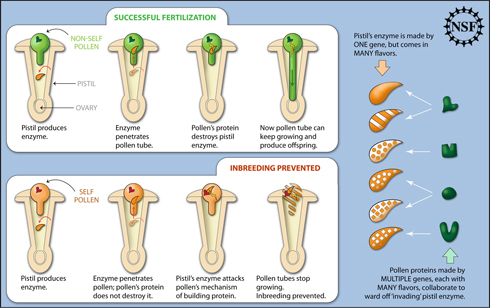University of Toronto Study Demonstrates Impact of Adversity on Early Life Development
Study part of growing body of knowledge surrounding gene-environment interplay
TORONTO, ON – It is time to put the nature versus nurture debate to rest and embrace growing evidence that it is the interaction between biology and environment in early life that influences human development, according to a series of studies recently published in a special edition of the Proceedings of the National Academy of Sciences (PNAS).
“Biologists used to think that our differences are pre-programmed in our genes, while psychologists argued that babies are born with a blank slate and their experience writes on it to shape them into the adults they become. Instead, the important question to be asking is, ‘How is our experience in early life getting embedded in our biology?’” says University of Toronto behavioural geneticist Marla Sokolowski. She is co-editor of the PNAS special edition titled “Biological Embedding of Early Social Adversity: From Fruit Flies to Kindergarteners” along with professors Tom Boyce (University of British Columbia) and Gene Robinson (University of Illinois). (more…)


